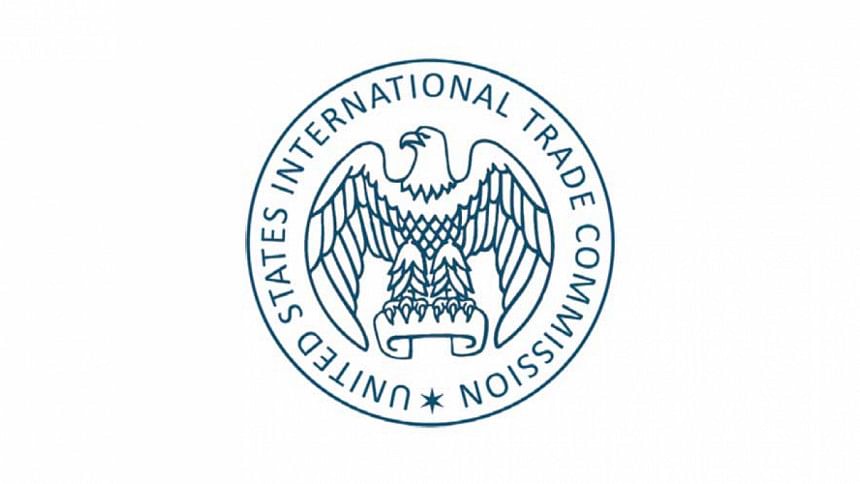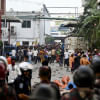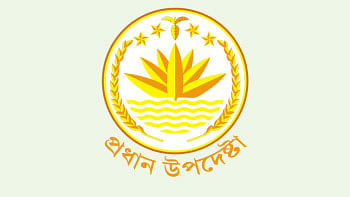US trade body defends Bangladesh at USITC hearing

Despite facing one of the highest tariff rates, Bangladesh is the third-largest apparel exporter to markets in the US because of its efforts to improve working conditions, end forced labour, stamp out counterfeits, and provide safe and high-quality products to American consumers, said the American Apparel and Footwear Association (AAFA) at a hearing recently.
The hearing on "Apparel: Export Competitiveness of Certain Foreign Suppliers to the United States" was initiated by the United States International Trade Commission (USITC) to investigate the sudden rise in per unit import prices of garment items exported from Bangladesh, Cambodia, India, Indonesia and Pakistan.
"These five countries are important sourcing destinations for the US market, accounting for just over one quarter of all US apparel imports. These countries are competitive because they have created responsible, reliable and skilled industries," Beth Hughes, vice-president on Trade and Customs Policy at AFFA, said in her testimony.
She also said Bangladesh has been lowering its carbon footprint to ensure the planet is preserved for future generations.
Bangladesh Garment Manufacturers and Exporters Association (BGMEA) and AAFA officials attended a hearing on March 11.
Hughes also said the industry had made considerable investments in due diligence activities in the private sector.
"As these initiatives go deeper in our supply chains and address a wider range of compliance standards than ever before, these investments have grown and will continue to do so."
She added that Bangladesh, India, Indonesia, Cambodia, and Pakistan were major suppliers to the US market despite the fact that no US apparel imports from these countries receive duty-free access or a duty preference.
Apparel companies produce the whole gamut of garments in these five countries -- anything from fleece in Bangladesh and coats and jackets in Cambodia to sleepwear in India, sports bras in Indonesia, and baby socks in Pakistan.
The AAFA also surveyed suppliers to ask what made these countries competitive. In their responses, members provided several factors, including, but not limited to, reliability, labour and social compliance, vertical integration, and production capability.
It said those countries have well-established textile and garment industries with decades of experience and possess the necessary infrastructure, machinery, and skilled workforce to meet the fast-paced demands of the industry with short lead times.
Further, they invest in automation, digitisation, and innovative and regenerative yarns and fabrics that you cannot find in other countries -- even ones with duty-free access to the US market.
On the other hand, members surveyed did not cite low labour costs as a primary factor.
Last week, BGMEA president Faruque Hassan said in his testimony that US apparel imports between 2013 and 2023 showed that America's import from the world in terms of US dollar value declined by 0.25 percent. But it increased by 3.95 percent from Bangladesh. This is despite local garment exporters having to face a 15.62 percent duty on exports to the US.
In terms of quantity (square metre equivalent), imports from the world to the US declined by 0.20 percent, but imports from Bangladesh grew by 2.93 percent.
During 2013-2023, Bangladesh's unit price has gained 0.99 percent, while the global average unit price paid by the US has declined by 0.04 percent.
Bangladesh's unit price to the US has followed a moderate upwards trend since 2017. The average unit price in 2017 was $2.74 while it increased to $3.23 in 2023, the BGMEA president added.

 For all latest news, follow The Daily Star's Google News channel.
For all latest news, follow The Daily Star's Google News channel. 









Comments